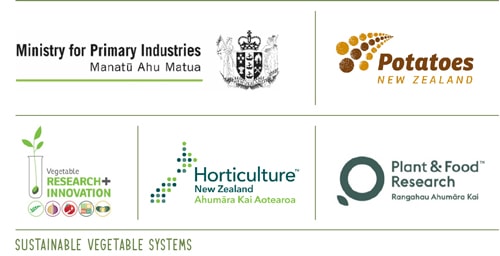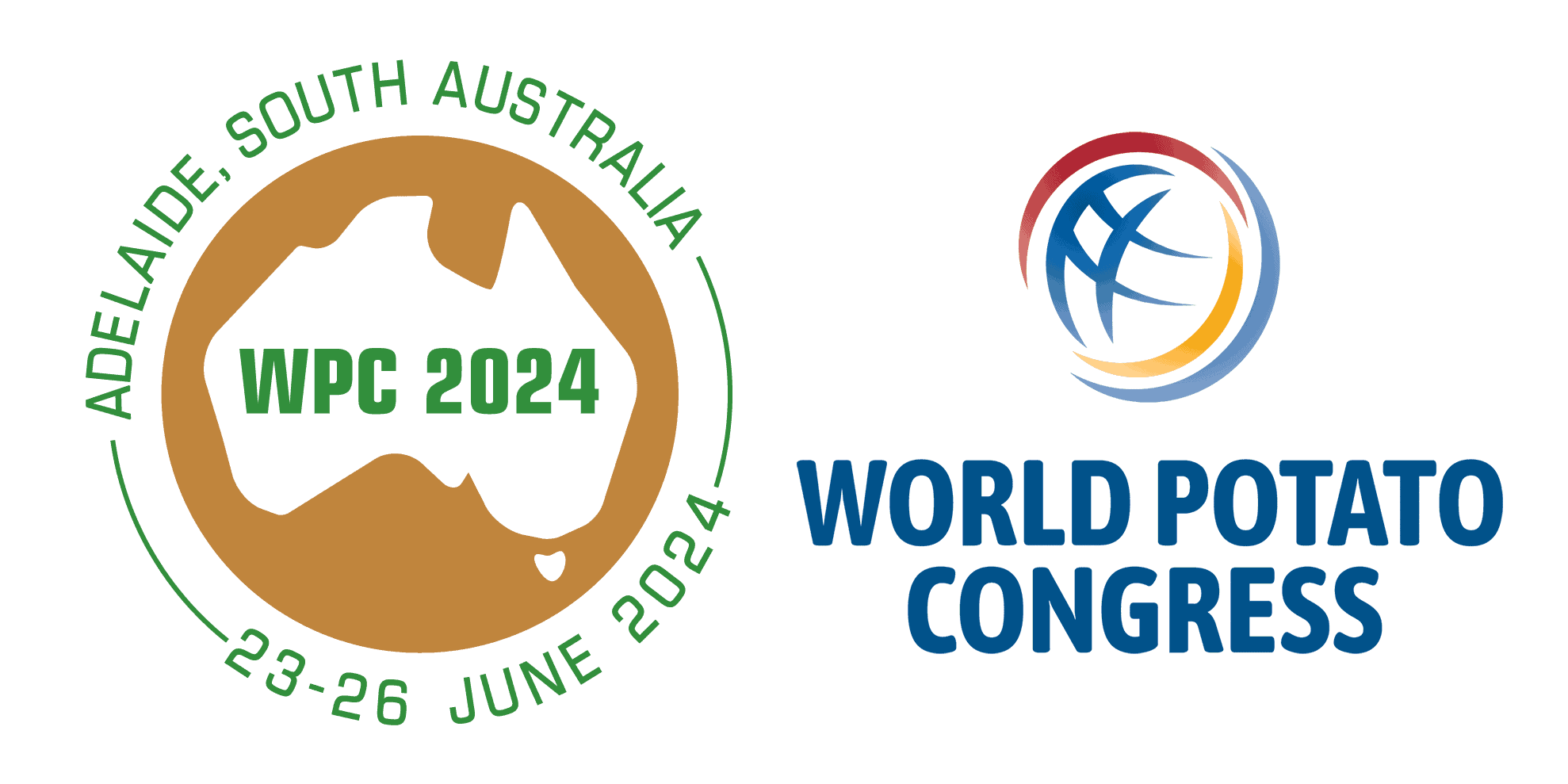Tool development: Making the invisible, visible.
By Andrew Barber, Sustainable Vegetable Systems’ Programme Manager.
Nitrogen is invisible, its effects aren’t. Therefore, the cause-and-effect link is much harder to make than say sediment on the road. Change will only occur by working together to improve practices, not through unenforceable leaching numbers.
The Sustainable Vegetable Systems (SVS) Programme is empowering growers through greater understanding of how nitrogen flows through a very complex vegetable growing system.
Nitrogen budgets to change the regulatory direction
Some councils have set strict nitrogen leaching values. These values have been debated by planners and lawyers for years resulting in little practice change. Those growers who have tried to work within these limits have spent a significant amount of time and money modelling their system. As you dive into the vegetable modelling world it quickly becomes apparent to any model user just how complicated it is. An absolute nitrogen number is not defendable in court hence this should not be a desirable outcome. Therefore, in the future there is likely to be greater emphasis placed on Farm Environment Plans (FEPs) to deliver practice change. Practice change leads to improved environmental improvement and that is a desirable outcome.
FEPs document growers’ nutrient management practices. One of the key practices is the preparation of a nitrogen budget. The processes, methods and thinking that support the preparation of that nitrogen budget leads to greater understanding of individual steps driving nitrogen flow, and to practice changes that can be measured. The process, research, monitoring data and thinking leads to further questions that drives a system of continual improvement.
Variability and uncertainty
Natural systems are extremely variable. Then add to that market uncertainty. Every day, growers deal with that variability and uncertainty and adjust their management decisions accordingly. We need to better understand and document that variability if we are going to tell that part of the story with integrity and evidence. It is the process of data sampling, analyses and presentation that lead to meaningful conversations.
Having the data is critical if the industry is going to engage with regulators, rather than being led back down that now well-worn path to the lawyer’s office (apologies to lawyers).
All nitrogen flows are best represented as a range. Some of the components that make up the total variation in the complex system can never be improved upon, that is nature for you. Others however will be improved over time as understanding and the underpinning data becomes more robust.
SVS is built upon and alongside other nitrogen projects
SVS is built upon a lot of existing knowledge, including the Future Proofing Vegetable Production N‑budgets, Quick‑N tests, nutrient management guide, and PNZ-79 emissions programme. Alongside its own leaching research and monitoring work, SVS is also helping to bring together concurrent projects including, soil mineralisable nitrogen (hot water N testing and guidance), and a crop residue project. Understanding these nitrogen flows, and their variability, are critical components of a robust nitrogen budget.
The direction of SVS
While the regulatory requirements are far from resolved, SVS is focused on developing management tools and knowledge structured around a nitrogen budget. The tools and knowledge are underpinned by vegetable specific systems and data. The need for a FEP, with a key practice-based piece of evidence being a nitrogen budget, is one of the few regulatory certainties that we have. The industries understanding of nitrogen flows will improve through preparing and improving our nitrogen budgeting.
SVS will enhance the ability, improve the robustness, and provide the evidence that growers and advisers need to prepare nitrogen budgets. The ability to conduct scenario testing will help growers plan for the variability and uncertainty. What was the likely impact of yesterday’s 100 mm rainfall event? While I was previously within industry guidance for nitrogen fertiliser rates, how much more nitrogen am I now going to need, and can I justify it, to drive my crop to completion?
What is the SVS tool?
A tool has many guises, from a computer programme (an app), to written material like wall charts and handbooks.
The tools’ form depends on the user and purpose. While remaining grower centric we can think of the tool in terms of retail users – growers; and wholesale users – the service industry. These groups will engage with tools quite differently but have a shared outcome of enabling growers to make sustainable nitrogen decisions economically and environmentally.
Reid and Morton’s Nutrient Management for Vegetable Crops in NZ collated, analysed and presented guidance on vegetable nutrient management. Future Proofing Vegetable Production developed a single page N‑budget. The Potato Calculator was a sophisticated programme that optimised nutrient management and potato production. The model that sits behind the tools needs to be consistent. They need to draw from the same knowledge base. The interface is a user demand decision.
The SVS trials, modelling workstream group, and SVS Technical Panel are all designed to improve the model’s performance which in turn underpins any tool. The model outputs can be packaged in many ways. The Community of Practice group and wider grower engagement will help provide direction on how growers interact with the tools. Their level of sophistication may range from someone following a guide and lookup tables, through to someone planning and reflecting back on a paddock’s cropping history using a computer-based programme.
As SVS heads into the second half of its programme, the emphasis beings to shift from trials to model development, grower engagement, tool design and support. The industry needs to avoid the fate of many that passed this way before, with their tools eventually heading to the great tool shed in the sky.
Our goal is to provide a useable N-management tool to empower growers and their advisors.
If you are interested in contributing to SVS focus groups or have feedback from a grower’s or agronomist’s perspective, please contact Trzzn.Pneebyy@cbgngbrfam.pb.am





